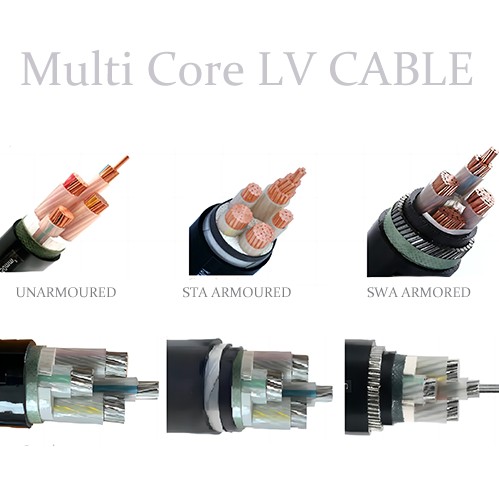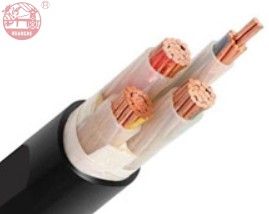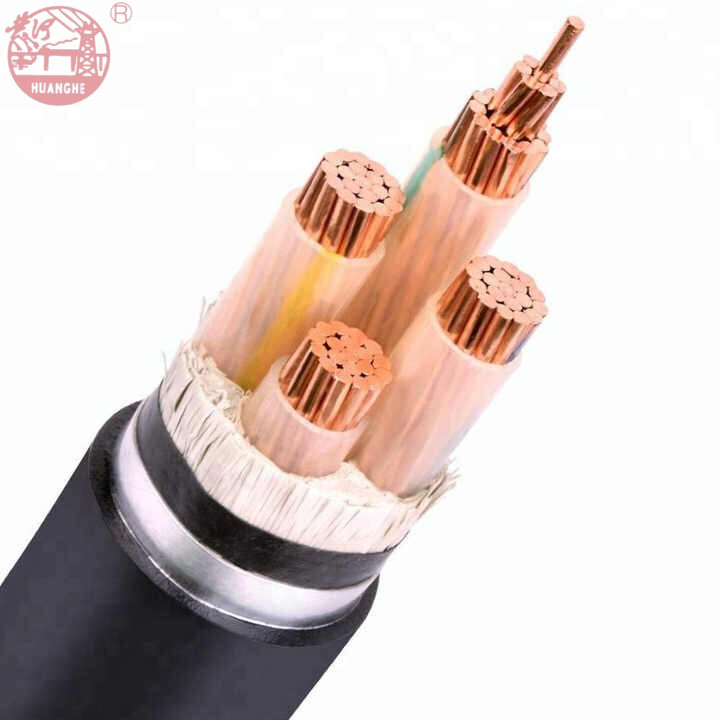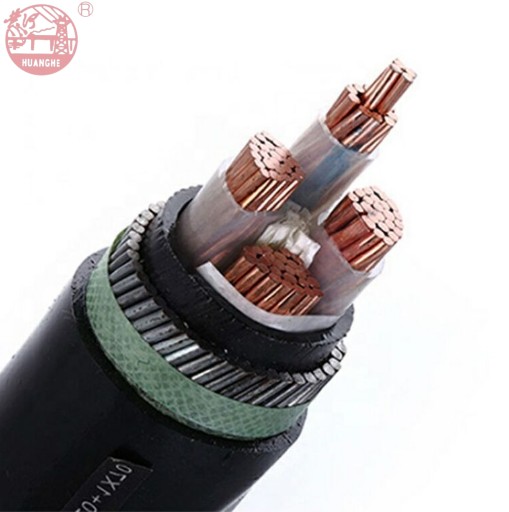News
When selecting electric wires and cables, beyond the conductor material, insulation type, voltage rating, and core count, the choice of armor structure is equally crucial. Armor provides cables with robust physical protection, enabling them to operate stably in various complex or even harsh environments.
But faced with options like unarmored, steel tape armored, steel wire armored, and non-magnetic armored cables, how do we make the smartest decision? Today, we'll offer a detailed guide to cable armor selection, considering various dimensions such as functionality, cost, ease of installation, and application scenarios.

1. Unarmored Cables: The Lightweight, Economical Choice

Functional Features:
No physical protective layer: Unarmored cables lack an additional metal or non-metallic armor layer, typically consisting only of insulation and one or more sheaths.
Good flexibility: Due to their simpler structure, they're generally lighter and softer, making them easy to bend and install.
Lowest cost: The manufacturing process is relatively straightforward, and material usage is minimal, making them the most cost-effective option.
Applicable Scenarios:
Indoor dry environments: Such as offices, home wiring, internal connections for general electrical equipment, where the risk of mechanical damage is low.
Conduit or trunking installation: When the cable itself is already sufficiently protected by conduits, trunking, or cable trays, additional armor isn't necessary.
Temporary power supply: For temporary connections where mechanical protection requirements aren't high.
Selection Considerations:
Pros: Low cost, easy to install, space-saving.
Cons: Poor resistance to mechanical damage, not resistant to crushing, impact, or tension, prone to rodent damage, unsuitable for direct burial or unprotected outdoor installation.
2. Steel Tape Armored (STA) Cables: The Cost-Effective King of Radial Compression Resistance

Functional Features:
Radial compression resistance: Steel tapes are helically or longitudinally wrapped around the inner sheath of the cable, effectively resisting lateral crushing forces and preventing the cable from being flattened.
Rodent protection: Steel tapes can effectively deter rodents or other small animals from gnawing.
Moderate cost: Generally lower cost compared to steel wire armor.
Applicable Scenarios:
Direct burial: Capable of resisting soil compression and pressure caused by vehicle loads (light duty).
Cable trench/tunnel installation: In confined spaces, steel tape provides basic mechanical protection.
Situations with potential external crushing risks: Such as certain industrial areas or near building foundations.
Indoor areas with rodent infestation risks.
Selection Considerations:
Pros: Strong crush resistance, good rodent protection, moderate cost, easier to install (compared to steel wire armor).
Cons: Weaker tensile strength, not suitable for vertical installation or areas with significant vertical drops; moderate impact resistance.
3. Steel Wire Armored (SWA) Cables: The All-Rounder for Tension and Impact Resistance

Functional Features:
Powerful tensile strength: Consisting of multiple strands of steel wire tightly wound, it can withstand very large axial pulling forces, preventing the cable from breaking due to its own weight or external tension.
Excellent impact and crush resistance: Provides comprehensive mechanical protection, effectively resisting impacts and significant crushing forces.
Enhanced rodent protection: Offers stronger rodent protection than steel tape armor.
Applicable Scenarios:
Vertical installation: Such as vertical shafts, power risers in high-rise buildings, or tunnel installations with high vertical drops, capable of supporting the cable's own weight.
River or submarine cables: Requires the ability to withstand immense tension during installation.
Harsh environments like mines, ports, and oil fields: Heavy industrial sites with high risks of tension, impact, and crushing.
Direct burial: Especially in uneven terrain, areas prone to subsidence, or where a higher level of protection is required for direct burial.
Selection Considerations:
Pros: Excellent tensile, impact, and crush resistance, high level of protection, wide range of applications.
Cons: Relatively higher cost, larger cable diameter and weight, less flexible, more difficult to install.
4. Non-Magnetic Armored Cables: The Specialized Choice for Unique Applications
Functional Features:
Non-magnetic materials: Typically uses stainless steel, aluminum alloy, copper, or non-metallic materials (such as glass fiber, aramid fiber, etc.) for armor, which are non-magnetic or have very low magnetic permeability.
Eliminates eddy current losses: When transmitting large currents (especially large AC currents), ordinary steel (magnetic material) armor can generate eddy currents and hysteresis losses, leading to heating and energy loss. Non-magnetic armor effectively prevents or significantly reduces these losses.
No signal interference: For sensitive control or communication cables, non-magnetic armor can reduce interference with signals.
Corrosion resistance: Stainless steel armor also offers excellent corrosion resistance.
Applicable Scenarios:
Large cross-section single-core AC cables: Especially high-voltage and extra-high-voltage single-core cables for large current transmission, non-magnetic armor is essential to avoid eddy current overheating.
High-precision measurement or control systems: Situations where electromagnetic interference needs to be avoided.
Corrosive environments: Such as chemical plants, offshore platforms, where stainless steel armor offers advantages.
Applications with strict weight requirements: Some non-metallic fiber armors can significantly reduce weight.
Selection Considerations:
Pros: Eliminates eddy current losses, reduces electromagnetic interference, improves transmission efficiency, corrosion resistant.
Cons: Highest cost, specialized materials, challenging to manufacture.
Comprehensive Selection Advice
When choosing the right cable armor for your project, it's essential to consider the following factors comprehensively:
Installation Environment: Is it indoors, outdoors, directly buried, in conduit, vertical, underwater, or in a specific industrial setting? This is the primary factor determining the armor type.
Mechanical Damage Risk: Is there a risk of external crushing, impact, tension, or rodent damage? What is the severity of these risks?
Electrical Performance Requirements: Is it transmitting DC or AC? What is the current magnitude? Are there sensitive electronic devices susceptible to electromagnetic interference?
Budgetary Cost: The cost of different armor types varies significantly, so you need to find the best balance between functional needs and your budget.
Ease of Installation: The cable's weight, diameter, and flexibility will affect installation difficulty and cost.
Long-Term Operational Safety and Maintenance: The lifespan of the armor and its reliability in harsh environments.

